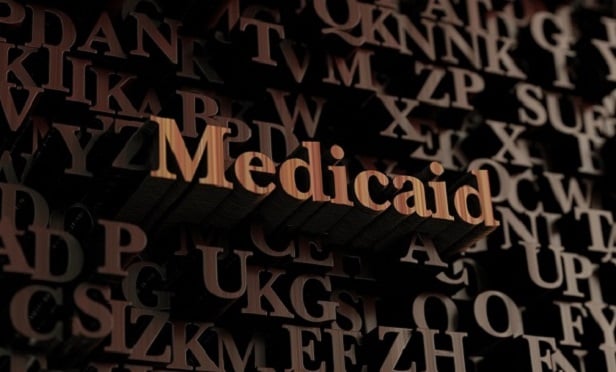 Medicaid expansion was one of the fundamental ways the ACA attempted to improve insurance coverage—and through it, health care access—for Americans. (Image: Shutterstock)
Medicaid expansion was one of the fundamental ways the ACA attempted to improve insurance coverage—and through it, health care access—for Americans. (Image: Shutterstock)
A new review of research on Medicaid expansion, a key element of the Affordable Care Act (ACA), has found the vast majority of studies show positive effects from the expansion. The study, by the Kaiser Family Foundation (KFF), reviewed findings from 404 studies since 2014, including 80 new studies conducted since KFF's last literature review.
Medicaid expansion was one of the fundamental ways the ACA attempted to improve insurance coverage—and through it, health care access—for Americans. Not surprisingly, poorer Americans found the cost of health care a barrier to accessing care. The Medicaid expansion raised the income limits for the program, which is run as a federal/state partnership. This allowed more Americans to participate in government-funded Medicaid insurance programs and gave states more financial resources for their programs.
Related: ACA, Medicaid expansion improved cancer treatment access
A Supreme Court ruling in 2012 gave states the ability to opt-out of the ACA's Medicaid expansion, and 14 states at that time decided to opt out. Over time, the generally positive effects of Medicaid expansion have led some states to reconsider their decisions to opt-out of the expanded program.
Five areas see clearly positive results
The new review looked at eight general areas of outcomes affected by Medicaid expansion. Of those, five areas show clearly positive results. Access and utilization of care, for example, was an area found to have positive outcomes due to Medicaid expansion in 115 studies. In 30 studies, the expansion was found to have no difference or mixed findings. Zero studies were classified as showing negative effects on access and utilization due to Medicaid expansion.
The positive/mixed/negative numbers were similar in other areas: insurance coverage had 138 positive, 6 mixed, and zero negative studies. Studies finding positive outcomes in payer mix (fewer uninsured patients and more Medicaid patients seen in ERs, for example) were listed at 71 positive, 2 mixed, and zero negative. The results for studies looking at health care affordability and financial security were 50 positive studies, six mixed, and zero negative. Studies finding positive effects for state economies due to Medicaid expansion were listed at 20, with zero mixed and negative studies.
Possible trouble areas: provider capacity and positive health outcomes
Two areas had more mixed results in the KFF review: provider capacity (16 positive, 19 mixed, 2 negative studies) and studies about positive health outcomes (nine positive, six mixed, two negative.)
In the area of provider capacity, the study said that capacity was found to be increased in some studies, but noted that mixed findings in the majority of studies may reflect limited availability of providers in some areas, including specialists. The mixed or negative findings were more likely to be from earlier studies, the report added.
Although the majority of studies on Medicare expansion and health outcomes listed positive results (9), a relatively high number of the studies had mixed results (6), with 2 studies showing negative outcomes. "Some studies did not find an association between Medicaid expansion and quality outcomes," the review said. "Many of these studies focused on very narrow population groups and/or found a link between expansion and improvements in quality of care for some of the patient/population groups studied."
© 2025 ALM Global, LLC, All Rights Reserved. Request academic re-use from www.copyright.com. All other uses, submit a request to [email protected]. For more information visit Asset & Logo Licensing.







